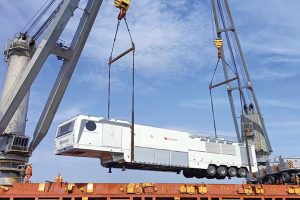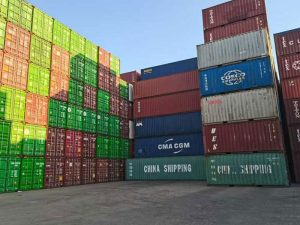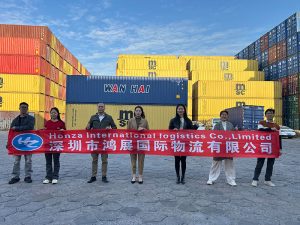As one of the busiest countries in the world for shipping, the United States also ranks among the top in terms of the number of shipping ports. Here are the main shipping ports in the United States.
- Port of Oakland
Located on the west coast of California in the west of the United States (full name: The United States of America), at the southeast end of the Golden Gate Strait, on the east coast of the mouth of San Francisco Bay, it is the fourth largest container port in the United States.
- Port of Virginia
The Port of Virginia is the 49th largest port in the world.
- Port of Los Angeles
Located at the top of San Pedro Bay on the southwest coast of California (CALIFORNIA) in the southwest of the United States (full name: The United States of America THEUNITEDSTATESOFAMERICA). It is on the east side of the Pacific Ocean and is the largest container port in the United States.
- Port of Long Beach
Compared with the traffic congestion in the neighboring port of Los Angeles, Long Beach has fewer problems in this regard. John Pepper of the Long Beach Port Authority said: “The driving force behind the increase in container throughput in Long Beach is the growing consumer demand in the United States and the increasing manufacturing capacity of China.”
- Port of New York
Port of New York, is the largest seaport in the United States and one of the largest seaports in the world. It is located at the mouth of the Hudson River in the northeastern United States and faces the Atlantic Ocean to the east. The throughput reached 160 million tons in 1980 and has been above 100 million tons for many years. An average of more than 400 ships can enter and exit each year. It is also the name of a river.
What are the charges for shipping to the US destination port? When shipping ports a full container or LCL to the US, there are the following charges:
- DOC is the bill of lading fee, generally USD85/BL
- BOND is the guarantee fee, which has two types: Annual Bond and Single Bond
1) Annual Bond, that is, Annual Bond, is called continuous Bond in the system. Only one purchase is required per year, suitable for importers who frequently import goods within a year
2) Single Bond, also called a single bond, namely sineleBond or ISFBond, called single transaction (STB for short) in the system, generally 0.45% of the value of the goods; MinUSD65/B
- HMF=HarborMaintenanceFee is the port maintenance fee: generally 0.125% of the value of the goods, Min USD25/BL.
- MPF=MerchandiseProcessingFee is the cargo handling fee: generally 0.3464% of the value of the goods, MinUSD25/BL, MaxUSD485/BL.
- PSC=PortSecurityCharge is the port security fee: generally USD25/BL5.
- CTF=Clean TruckFee is the container cleaning fee: generally USD9/RT freight ton.
- DAD=Destination Arrive Declare is the customs entry fee: generally USD45/BL.
- BUC=Bunker charge is the fuel fee: generally USD12.5/RT.
If the consignee company has Annualond, there will be no STB (simple Transaction Bond/single Bond) fee during customs clearance: DUT, HME, and MPE are US customs charges. The customs clearance fees for full and LCL are the same. LCL has more devanning fees, container cleaning fees, port security fees, cargo separation fees, pallet fees, etc. than full cabinets. The above common customs clearance fees at the US destination port are for reference only. The actual fees are subject to the charges at the destination port.



